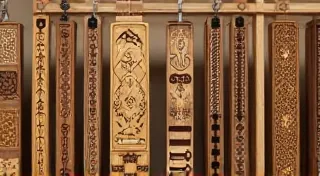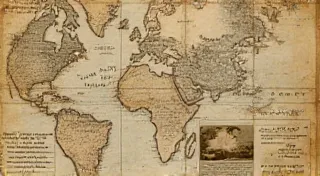Resonance and Remembrance: Tracing the Lineage of Radio Technology
The hiss and crackle, that ghostly whisper across the airwaves – it’s more than just static. It’s the echo of innovation, the phantom strains of conversations carried across vast distances, and a profound link to the ingenuity of generations past. Building a simple ham radio transceiver today isn't merely a technical exercise; it's a continuation of a story, a tangible connection to the pioneers who first harnessed the invisible waves that surround us. It's a journey that, in a surprisingly beautiful way, mirrors the craftsmanship and enduring appeal of a well-loved antique accordion.
My grandfather, a man of few words but infinite patience, had an accordion. Not a gleaming, modern instrument, mind you. It was a battered, honey-colored behemoth, its bellows patched with careful stitching and its keys worn smooth by years of loving use. I remember sitting with him, listening to him coax melodies from its heart, each squeeze and release a testament to his own resilience. He never spoke about the history of the instrument, or the hands that had crafted it, but I felt it. I felt the lineage of craftsmanship, the echo of joy and sorrow woven into its fabric. That same feeling permeates the world of radio; a reverence for the ingenuity that brought voices across the air.
The Dawn of Wireless: Marconi and the Spark
Guglielmo Marconi is often credited as the “father of radio,” and rightly so. While the groundwork was laid by others – Heinrich Hertz’s groundbreaking experiments demonstrating electromagnetic waves, for example – Marconi was the one who recognized the practical application of these discoveries. He was a relentless tinkerer, driven by a desire to overcome the limitations of wired communication. Imagine the frustration of a young man, yearning to connect across the Atlantic, forced to rely on cumbersome cables that snaked along the seabed. His vision was a wireless future, a network of voices carried on invisible waves.
Marconi’s early work wasn't about crystal clear audio; it was about the ability to transmit *something*. A simple Morse code signal was enough to prove the concept. He started with a spark-gap transmitter, a device that generated radio waves by creating sparks across two electrodes. It was a crude method, but it worked. The early receivers were equally rudimentary, often consisting of nothing more than a wire antenna and a coherer – a device that briefly conducted electricity in the presence of a radio wave. It’s hard for us, accustomed to the sophistication of modern radios, to truly grasp the enormity of this achievement. This was a time when electricity itself was still relatively new and mysterious.
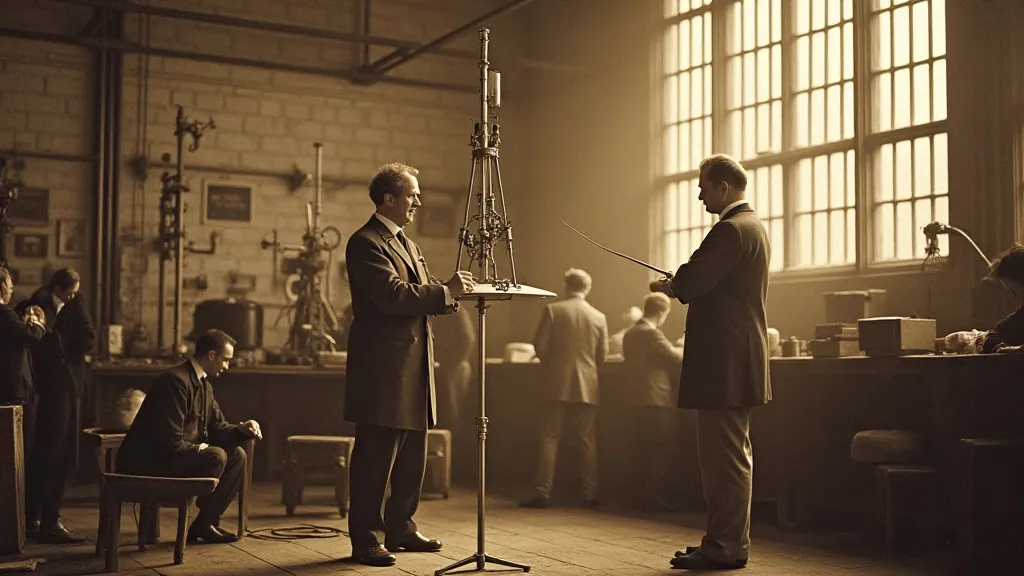
From Spark to Vacuum Tubes: Refining the Signal
The spark-gap transmitter, while revolutionary, had significant drawbacks. The sparks generated a wide range of frequencies, creating interference and making it difficult to receive signals cleanly. The early transmissions were also prone to static and distortion. The next crucial step involved replacing the spark-gap with a continuous wave (CW) transmitter. This was a significant leap forward, allowing for much cleaner and more efficient transmissions. Lee De Forest’s invention of the Audion tube – the first electronic amplifier – was pivotal in this evolution. Suddenly, faint signals could be amplified, making communication across greater distances possible.
Think of the Audion tube as the bellows of the accordion, providing the power and amplification needed to project a weak signal. Just as the bellows needed to be carefully maintained and repaired, so too did these early vacuum tubes. Replacing filaments, adjusting grids - it required a certain mechanical aptitude and a deep understanding of the device. Early radio enthusiasts were often resourceful and ingenious, improvising solutions and sharing knowledge with one another. That spirit of collaboration and resourcefulness remains a vital part of the ham radio community today.
The Golden Age of Radio: Broadcasting and Beyond
The 1920s marked the “golden age of radio.” Broadcasting stations began to appear, bringing music, news, and entertainment into homes across the world. The development of the superheterodyne receiver – a design that significantly improved sensitivity and selectivity – further enhanced the listening experience. Radio became a powerful force, shaping culture and connecting people in unprecedented ways.
This era also saw the emergence of amateur radio operators – “hams” – who experimented with new technologies and pushed the boundaries of communication. They built their own transmitters and receivers, often from scratch, and shared their discoveries with one another. It was a time of great innovation and excitement, fueled by a desire to explore the possibilities of wireless communication. The meticulous assembly and troubleshooting involved in building these early radios echoes the care and attention needed to restore an antique accordion, bringing a lost voice back to life.
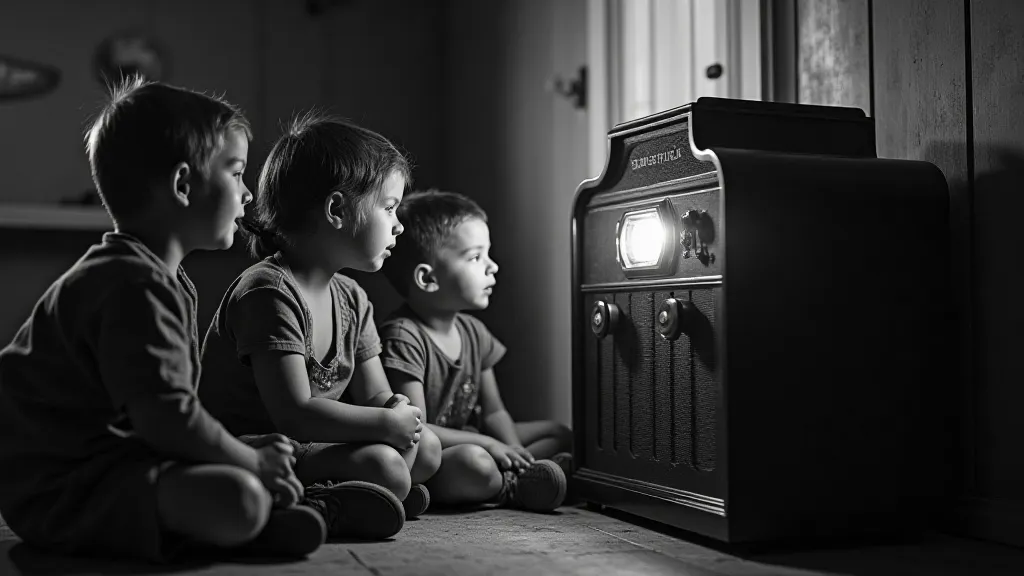
Modern Transceivers: A Legacy of Innovation
Today's ham radio transceivers are marvels of engineering, incorporating sophisticated digital signal processing and microelectronics. However, they stand on the shoulders of giants. The principles established by Marconi, De Forest, and countless others remain fundamental to the technology we use today. Even the digital modes used by modern hams – modes that allow them to communicate across continents using minimal power – are rooted in the legacy of those early pioneers. The complexity might have increased exponentially, but the underlying desire to connect and to explore remains the same.
Building a simple ham radio transceiver today isn’t just about acquiring a license or making contacts. It’s about understanding the history, appreciating the craftsmanship, and connecting with a lineage of innovation. It’s a chance to experience the same sense of wonder and accomplishment that those early radio pioneers must have felt when they first heard a voice crackling through the airwaves. That same satisfaction, that feeling of bringing something old and beautiful back to life, is what drives both the ham radio enthusiast and the restorer of a cherished antique accordion.
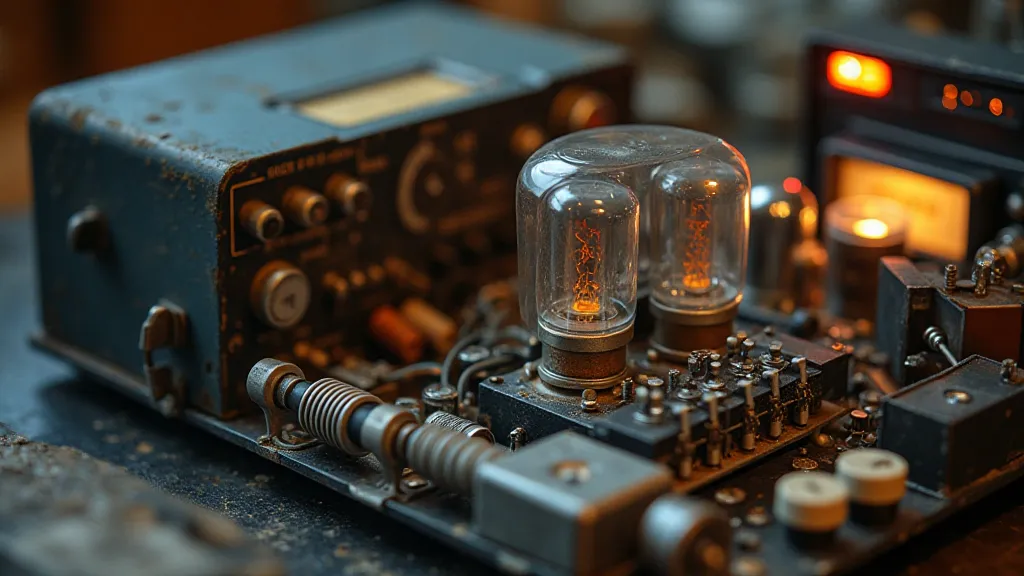
The hiss and crackle may fade over time, but the echoes of innovation and the spirit of connection will endure, carried on the invisible waves that bind us all.

